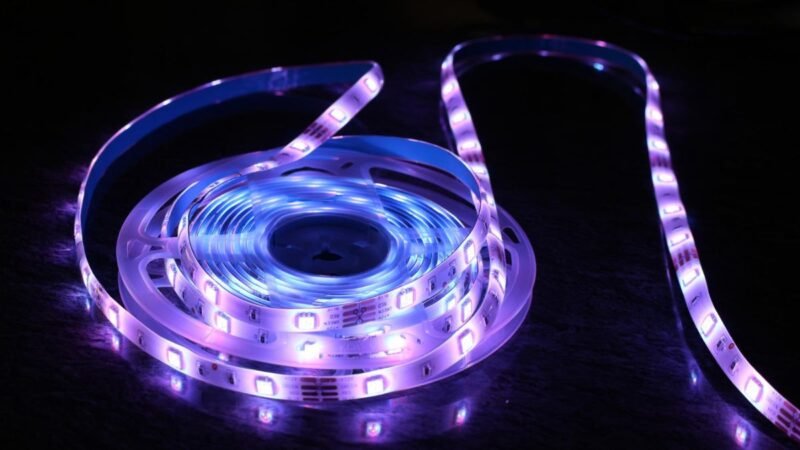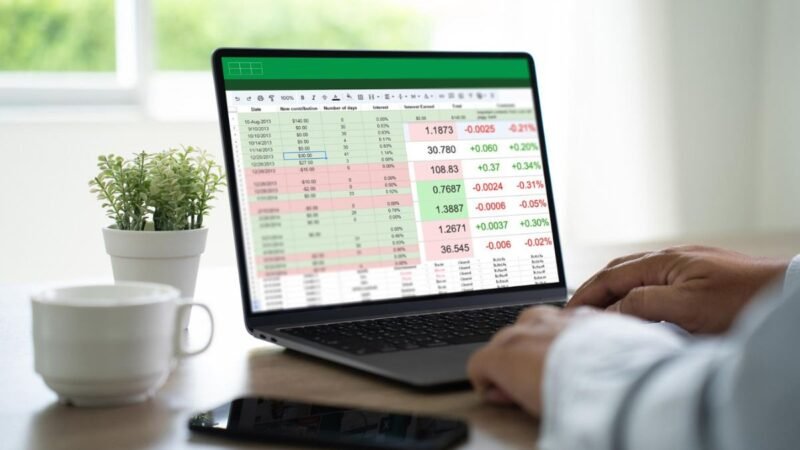Unpacking DDMS: Dalvik Debug Monitor Service in Android Development

Android application development mostly depends on the tools that are used. No matter if you are dealing with a bug and need to fix it immediately or fine-tune it before the app release, it is always helpful to have a set of diagnostics tools that can decrease the time that will be spent on guesswork. Among those tools, which are incredibly helpful while learning Android, particularly when Android was in its infancy, is DDMS, or Dalvik Debug Monitor Service.
DDMS was native to Android Studio in the earlier versions and was an integrated part of the Android SDK primarily used when the Android application was running on Dalvik Virtual Machine (DVM). While newer tools such as Android Profiler are currently more popular, it is still essential to have knowledge of DDMS for those who continue to develop apps in pre-Android 8.0 and those who study Android’s evolution.
In this article, you’ll be able to learn about what DDMS is, the basics of DDMS, its main functional features, its characteristics in comparison with modern instruments, and why it’s used here and now.
What is DDMS?
The Dalvik Debug Monitor Service (DDMS) was a debugging tool that existed in the Android SDK since the beginning and was created to aid in the process of monitoring as well as controlling the processes that run within the Dalvik virtual machine, which was the initial foundation of Android OS on devices. As a component of the Android Development Tools (ADT) plugin for Eclipse and later in Android Studio versions, DDMS provides a way for developers to monitor the working of an Android application in real time.
It also acted as an interface between the developers and the device (or emulator) and provided other features such as threads and heap analysis, logs, screen and phone call simulation, and control of the process.
The Role of Dalvik in DDMS
Knowledge of Dalvik is essential in an attempt to understand what DDMS is. Previous to Android 5.0 (Lollipop), Dalvik was the process virtual machine in the Android environment. The compiled source code was further executed in the .dex file format, which is a format suited for mobile devices most of the time.
DDMS worked hand-in-hand with Dalvik to open lower-level details of the apps, including the details of memory, performance, and issues. It was also connected to Dalvik processes through the Java Debug Wire Protocol (JDWP) to allow for real-time debugging over USB or emulator instances.
Key Features of DDMS
Even though DDMS is no longer active, it was a very handy tool with essential features any Android developer could not ignore at the time. Here’s the overview of what was contributed by this:
1. Process Monitoring
DDMS displayed all the running processes on the active device or emulator if connected. Developers could pick a process and get information on its state in terms of its identification number (PID), package name, and threads.
2. Thread and Heap Information
DDMS also had one of the most important features that allowed the monitoring of thread activity and heap allocation per app process. Developers could:
- Inspect thread activity in real-time
- Trigger garbage collection manually
- View memory allocation graphs
- Dump heap data for offline analysis
This was incredibly useful when tracking down memory leaks or managing performance bottlenecks.
3. Logcat Viewer
Logcat is frequently used for basic Android logging and acts as an invaluable tool for debugging, for it enables the user to view system messages, Stack traces, or other logs connected with some app. DDMS added an interface of Logcat that included filtering ability of the logs showing the logs by the ID of the process, tag, log level, and even keywords.
4. File Explorer
Downloading DDMS allowed the developers to manipulate the file system of a device or emulator connected to it. This was particularly useful for accessing logs, files and databases, application folders, and temp folders in the PC. If read/write was available, developers could directly push and pull files during the debugging stage.
5. Screen Capture
Prior to when ordinary screen captures were integrated for easy use, there was the DDMS that allowed capturing the screen of an emulator or device. This way, one could swap between images, save the picture locally, or copy them to the clipboard for the purpose of reporting bugs or issues.
6. Emulator Control (Telephony and Location)
While working with DDMS, it is possible to emulate incoming calls and SMS messages or simply set the GPS point of the device. This was essential for the apps that were dependent on real data, such as ride-hailing or interconnected messaging applications.
How DDMS Helped Developers?
To further illustrate the workings of DDMS, the following outlines functional areas where DDMS was employed:
Memory Leak Diagnosis
Using heap size and garbage collection data, DDMS allowed developers to pinpoint which component was using up memory without freeing it. For instance, if an activity retained references to context objects, developers could observe the progressive increase of the list of heap objects and, therefore, assume there was a leak.
App Crashes
By linking it with Logcat in order to capture the logging system’s output, real-time viewing of crash logs became possible using DDMS. They could notice such issues as fatal exceptions, errors that were not handled, or even detailed stack traces pointing directly to the root of the issue.
Background Thread Issues
DDMS shows all the threads of the running app and its status, like running, sleeping, and waiting. In the case where an application is freezing or running amok due to thread deadlock, the developer can easily identify it.
UI Testing and Debugging
The aids that were used by developers through screen capturing found it easier to identify layout problems and unite with the design team in filing bugs.
Modern Alternatives to DDMS
In due course, Android development witnessed the launch of new tools developed by Google to overcome all the shortcomings of DDMS. Key among them are:
Android Profiler
This tool is included in Android Studio and provides the user with CPU, memory, and network activity information in real time. Developers can:
- Record method traces
- Visualize memory allocations
- Track network calls and payloads
- Inspect battery usage
It’s more powerful, lightweight, and developer-friendly than DDMS.
Android Device Monitor
A web-based tool that was used as a temporary replacement for DDMS and offered similar functionalities. However, the more advanced Android Profiler replaced it.
Logcat in Android Studio
The current state of Logcat is incorporated with Android Studio, has better filters, and is color-coded sysout and faster. It supports JSON format, regex filter, and log buffer with custom settings.
Stetho and LeakCanary
Stetho, developed by Facebook, and LeakCanary can be used for debugging and memory leak issues that DDMS used to address.
Conclusion
For the Android platform, the Dalvik Debug Monitor Service (DDMS) was one of the most innovative tools that allowed an insight into the activity of the application and its elements with full perspective and control. Though it is no longer among the cutting-edge Android debugging tools, DDMS has provided the framework for today’s more unified tools.
For developers working on older Android systems or seeking a deeper understanding of how Android handles debugging and performance monitoring, DDMS remains a fascinating and educational piece of history. In today’s fast-moving development world, knowing your tools—past and present—is the key to becoming a well-rounded, effective developer.
Also Read: Top 10 Architecture Apps in 2025 for Professionals and Students


